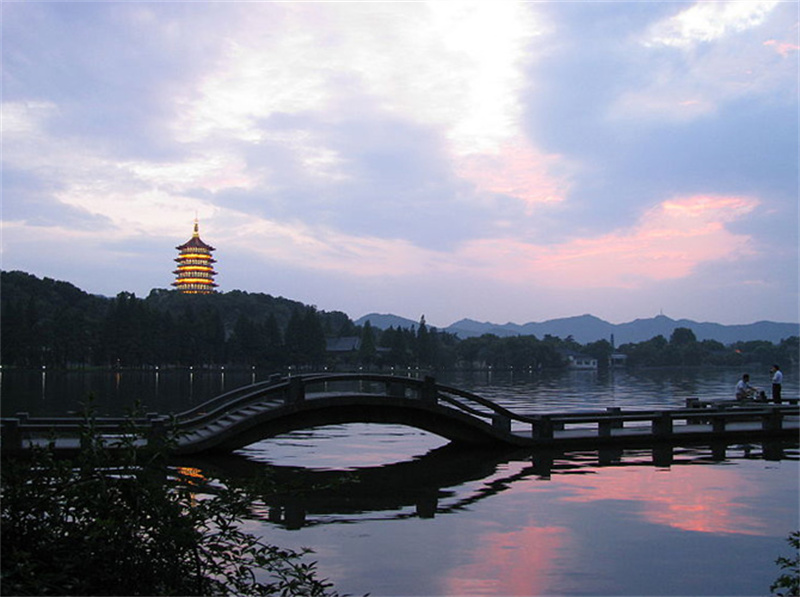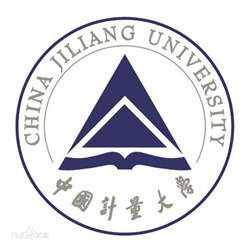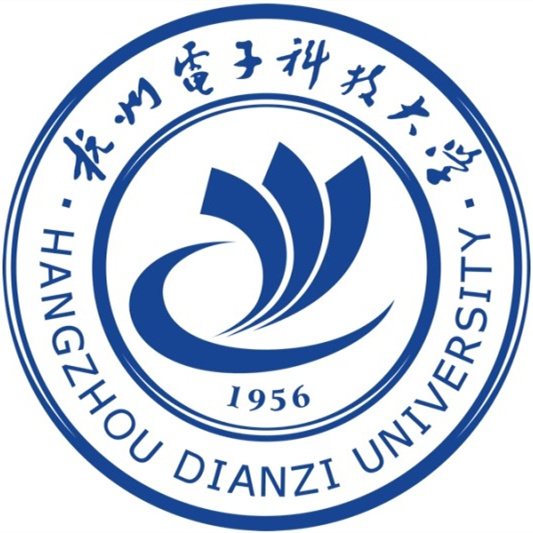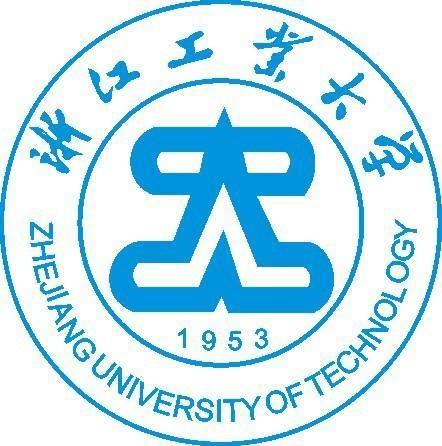Territory
China is located at the east coast of the largest continent (Eurasia) as well as the western margin of the largest ocean (Pacific). It has a land area of about 9.6 million square km, occupying 6.5 percent of the total land area of the world. From the confluence of the Heilong River and its tributary, the Wusuli River, westward to the Pamir Plateau, the distance is more than 5200 km. From midstream of the Heilong River north of Mohe, southward to Zengmu Shoal of the Nansha Islands near the equator, the distance is more than 5500 km. Its population of more than 1.3 billion accounts for approximately one-fifth of the world population...
MOREStudy in Hangzhou
A garden style city in China by its landscape and culture, neighboring with Shanghai.
City Type: Cultural Cities
Climate: Moderate
Air Quality: Good Air Quality
Average: 2180 -- 2780 RMB
University Amount: 15
Hangzhou Transportation
Hangzhou is well served by an extensive public bus and trolleybus network and an excellent citywide bike rental system. A brand new subway system is due to open at the end of the year. Hangzhou is also ideally located to make excursions to other parts of China. Shanghai is less than an hour away by high-speed train and the surrounding area is home to some of China’s most beautiful scenery.

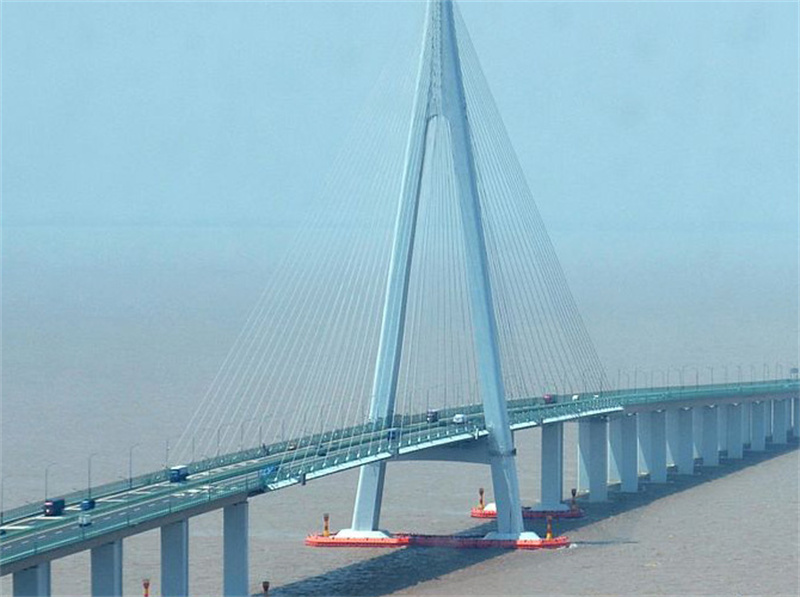
Hangzhou Weather
Hangzhou weather is generally warm and mild year round, with abundant sunshine and rainfall. There are four clear-cut seasons – a short and rainy spring, a hot and humid summer, a cool and clear autumn, and a dry and cold winter.
Four Seasons in Hangzhou
Hangzhou’s climate is comfortable year-round. The average annual temperature is 17 °C (62 °F), with monthly averages ranging from 4 °C (40 °F) in January to 28 °C (83 °F) in July.
There are two rainy seasons in the region – one is the Plum Rain Season beginning in late June through early July; the other comes with heavy rains and potential typhoons in August and September. High tourist season occurs in spring (Mar. to May) and autumn (Sep. to Nov.) when the average temperature is 17 °C (63 °F).
Hangzhou is an extremely comfortable and pleasant place for foreigners to live.



Hangzhou Local Cuisine
Hangzhou local cuisine is noted for its elaborate preparation, sophisticated cooking and refreshing flavors. Local specialties include Beggar's Chicken (a chicken baked in clay), West Lake Fish in Sweet and Sour Sauce (vinegar coated fish fresh caught from the lake), Dongpo Pork (braised pork) and Fried Shrimps with Longjing Tea.
Dongpo Pork
Dongpo Pork (braised pork), is cooked by braising fine-skinned and thin pieces of fat streaky bacon with famous Shaoxing wine in a sealed pot. When the dish is ready, the bacon will be moist and red, and the sauce will be thick and tasty. It tastes savory, sweet and full of body, but not greasy. It is said that Braised Dong Po Pork was first made by the great litterateur Su Dongpo (Su Shi), he helped people in the flood in Xuzhou when he was the governor. In order to thank him, citizens sent him plentiful pork when knowing that he was fond of that.
West Lake Fish
West Lake Fish in Sweet and Sour Sauce is a famous dish with traditional flavor. It is cooked with live grass carp. The fish needs to be put in a tank to starve it for two or three days, to let go the trash in its bowels and the smell of soil. The fire need to be strictly controlled when cooking it.
Fried Shrimps with Longjing Tea
Fried Shrimps with Longjing Tea is prepared with shelled fresh water shrimps and the well-known Dragon Well (Long Jing) green tea leaves. It is beautiful in color, and has a special taste.


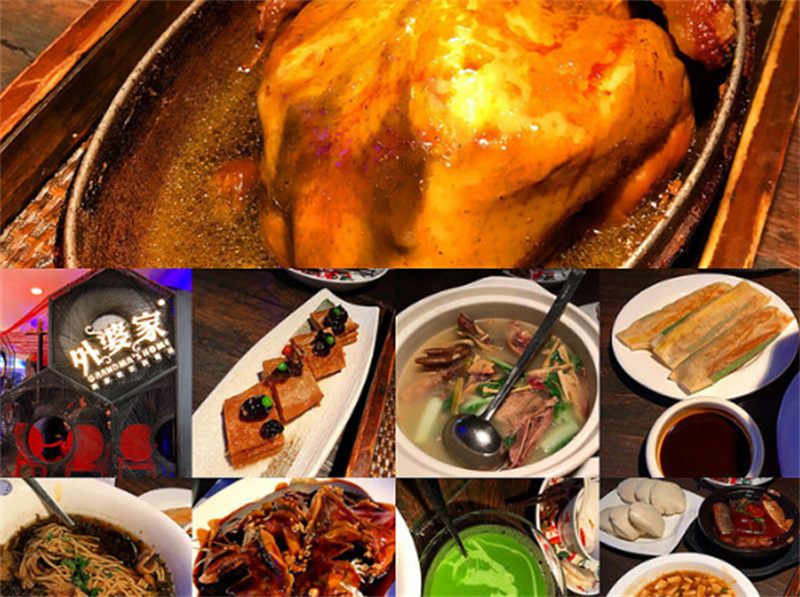


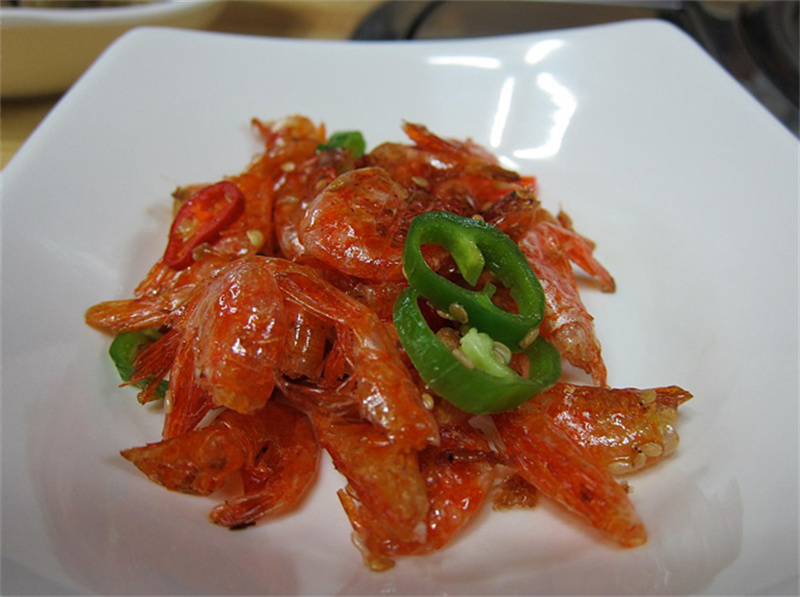
National Museums
A number of national museums can be found in Hangzhou which are representatives of Chinese culture. Fine examples are the National Silk Museum and Tea Museum. Along with other museums in Hangzhou, they provide a fascinating insight into the history of Chinese traditional products.
At night, Hangzhou has much to offer, from traditional teahouses to hip bars. Choosing one overlooking the West Lake for a pleasant chat over a cup of tea is sure to make you feel relaxed and refreshed.
The West Lake
Hangzhou is known as one of China’s most beautiful and culturally rich cities. The most celebrated attraction is undoubtedly the West Lake, which has inspired China’s finest poets for centuries. Surrounded by mountains, the serene 6 sq.m. lake is noted for its scenic beauty which blends naturally with famous historical and cultural sites like temples and pagodas.


